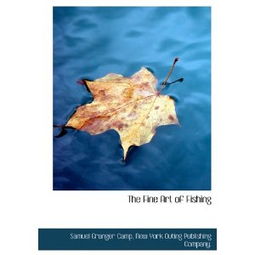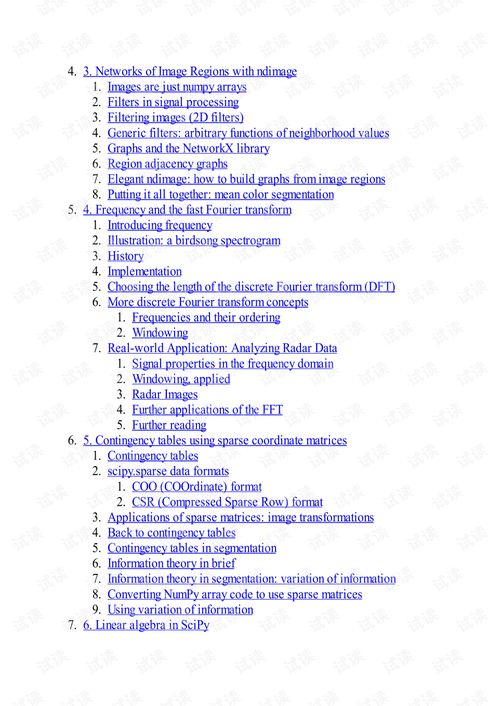Content:
Embarking on a morning fishing adventure can be a serene and rewarding experience. The tranquility of the early hours, the crisp air, and the promise of a fresh catch make it a favorite pastime for many anglers. However, to make the most of your morning fishing trip, it's essential to master the art of baiting and angling. Here are some tips and techniques to help you get started.
Understanding the Basics of Baiting
Baiting is the process of preparing and placing food in the water to attract fish. Effective baiting can significantly increase your chances of catching fish. Here are some key points to consider:
Know Your Target Fish: Different species of fish are attracted to different types of bait. Research the species you're targeting and choose your bait accordingly. For instance, bass are often attracted to live bait like worms or minnows, while catfish may be more interested in stink bait.
Choose the Right Bait: The choice of bait depends on the water conditions, the time of year, and the specific area you're fishing. Live bait can be more effective, but artificial lures can also be highly successful.
Understand Bait Presentation: The way you present your bait can make a big difference. For example, a slow and steady retrieve with a worm can be more effective than a fast-paced retrieve.
Effective Baiting Techniques
Once you've chosen the right bait, it's time to apply effective baiting techniques:
Use a Quality Baitcasting Rod: A good baitcasting rod is essential for accurate casting and presenting your bait effectively. Look for a rod that is lightweight and sensitive to detect subtle bites.
Select the Right Line: The type of line you use will depend on the species of fish you're targeting and the conditions of the water. Monofilament line is versatile and works well in most situations, but fluorocarbon line is more invisible to fish and can be a better choice in clear water.
Learn to Cast: Practice your casting technique to ensure you can place your bait precisely where you want it. Pay attention to the angle of your cast and the speed of your retrieve.
Understand the Importance of Timing: Fish are more active during certain times of the day. Morning fishing often yields better results as fish are more active after a night of rest. Pay attention to the sunrise and sunset times and plan your fishing trips accordingly.
Morning Fishing Tips
Morning fishing has its unique set of challenges and opportunities:

Start Early: The early morning hours can be the most productive time for fishing. Fish are often more active as the day begins, so starting early can give you a head start.
Stay Quiet: Fish are sensitive to noise, so try to minimize any disturbances. Keep your movements slow and quiet, and speak softly if you need to communicate with others.
Adjust Your Technique: Fish may be more cautious in the morning, so you may need to adjust your technique. Use lighter tackle and slower retrieves to avoid startling fish.
Be Patient: It can take some time for fish to become active in the morning. Be patient and wait for the bite rather than rushing to change your tactics.
Final Thoughts
Mastering the art of morning fishing involves understanding the basics of baiting, applying effective techniques, and being aware of the unique aspects of fishing during the early hours. By following these tips and techniques, you'll be well on your way to a successful morning fishing experience. Remember, the key to success is patience, practice, and a deep understanding of the fish you're targeting. Happy fishing!












